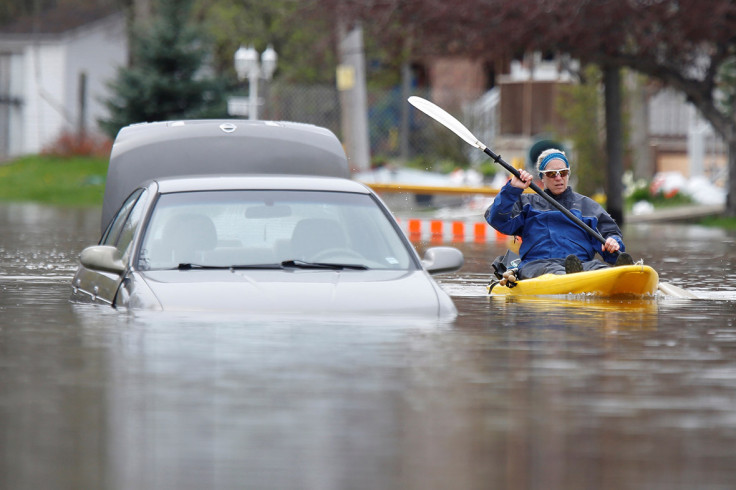Sea level rise: Coastal floods could inundate LA, Seattle and Vancouver by 2030
Rising sea levels means higher waves and tides, which adds up to much more frequent flooding.

The risk of coastal floods is set to double by mid-century as sea levels are predicted rise by 5-10 centimetres.
This level of sea level rise is set to happen between about 2030 at the earliest and 2050 at the latest, depending on how much carbon emissions are reduced.
More storms and extreme weather are predicted by mid-century due to climate change, but the effects of rising sea levels on coastal flooding has rarely been taken into account. Sea level rise of just a few centimetres could have a dramatic effect in the northern hemisphere as well as the Tropics, finds a study published in the journal Scientific Reports.
A rise of about 10 cm is relatively very small compared with the heights of waves at the shores of the US and Europe. Storm surges and high tides also make a have larger height difference. But raising the base line for these larger events could still lead to much more frequent flooding.
"Even gradual sea-level rise can rapidly increase the frequency and severity of coastal flooding," write the authors of the study.
"So far, global-scale estimates of increased coastal flooding due to sea-level rise have not considered elevated water levels due to waves, and thus underestimate the potential impact."
The Tropics are likely to experience more than double coastal flooding than higher latitudes, because there is less wave height variability closer to the equator. So a small change in sea level rise could lead to a relatively large change. Less than a 10 cm rise would put these regions at risk of doubled flooding risk.
The higher latitudes of North America and Europe are expected to face a doubled risk once a 10 cm rise is reached. These include the major population centres of Vancouver, Seattle, San Francisco, and Los Angeles and the European Atlantic coast, the authors note.
The increase in flooding is also expected to be greater in regions that are experiencing higher than average sea level rises, such as India, the south of the US and China.
The amount of flooding could also be raised by increases in the frequency of extreme weather events. As climate change progresses, more storms and heavy rainfall are predicted from Australia to Europe and North America.
© Copyright IBTimes 2025. All rights reserved.






















